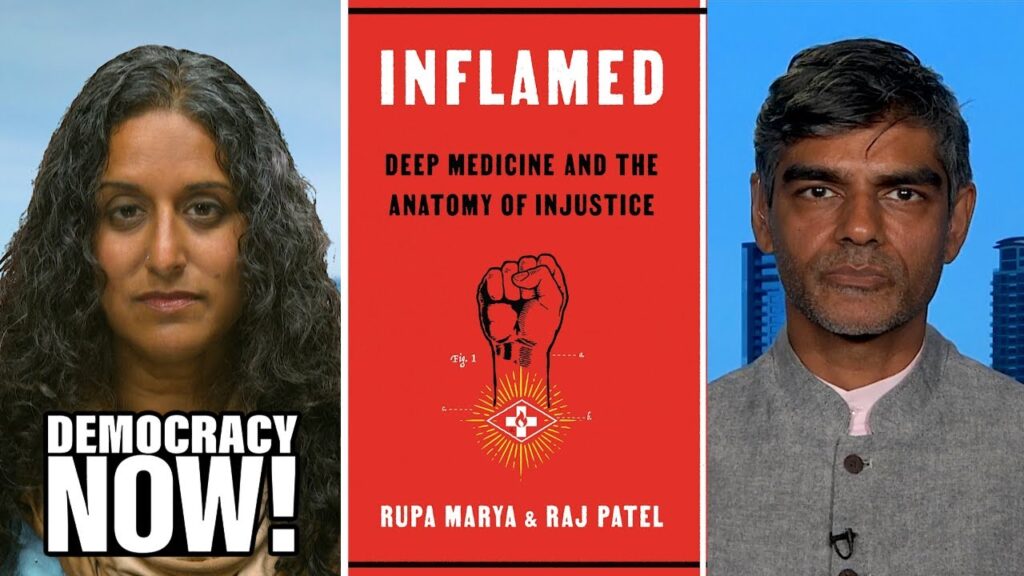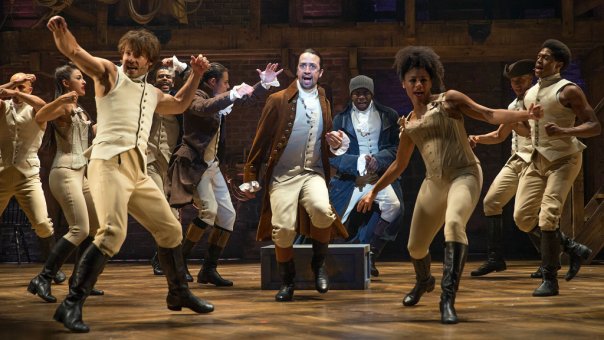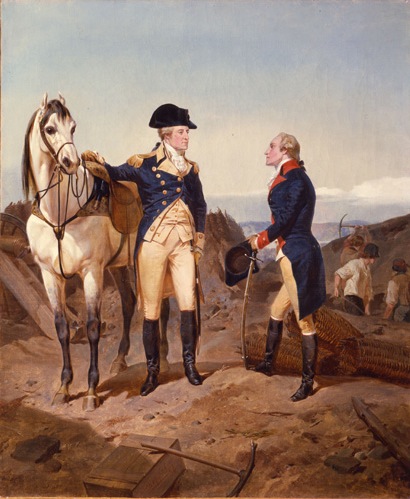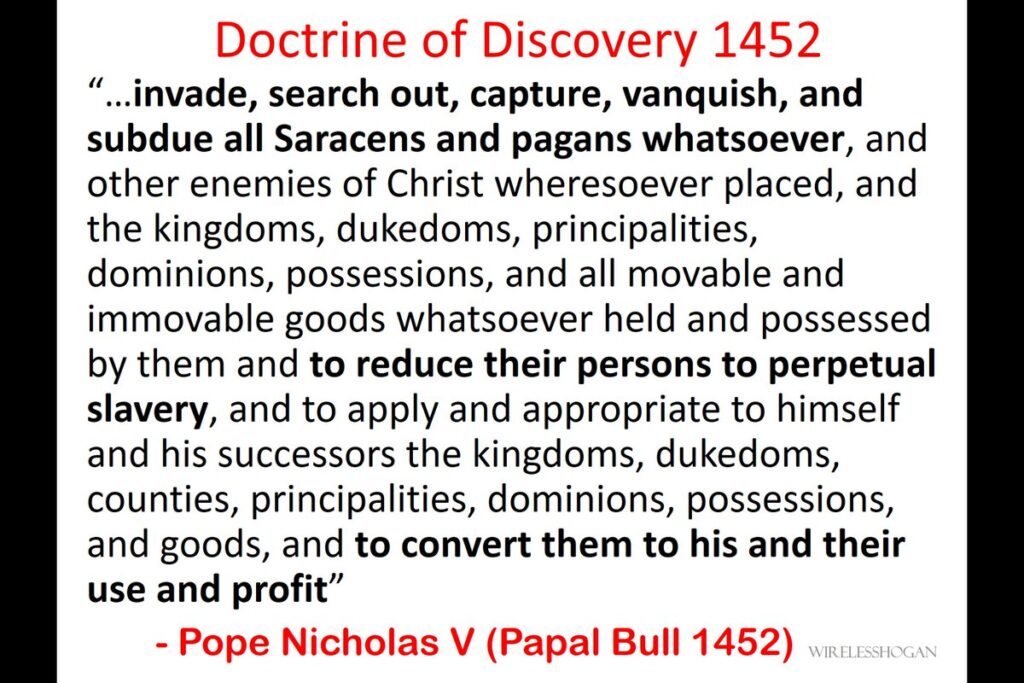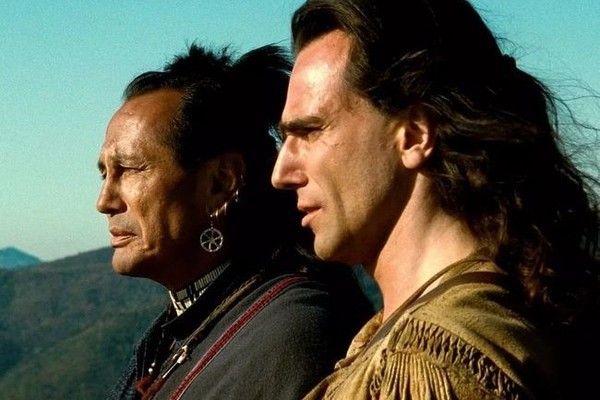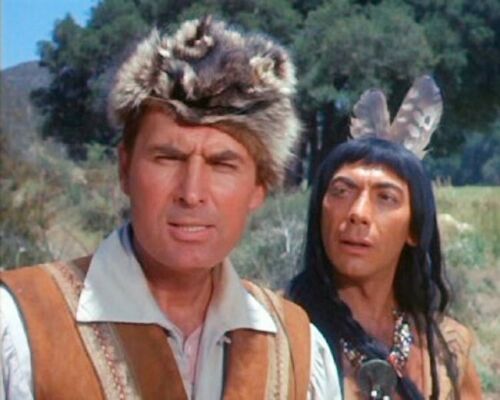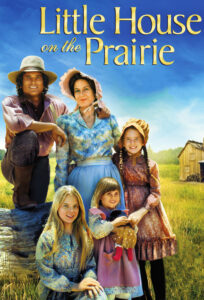Deep Medicine – Wellness in a very complex universe and web of life
Friday, November 5th, 2021Inflamed; Deep Medicine and the Anatomy of Injustice, Rupa Marya & Raj Patel, 2021
Truly holistic health must contend with the elements that continue to make people unwell, locating the disease-causing entities in social structures and the grave misunderstandings that created them. Systems that position humans as supreme over the entire web of life, settler over Indigenous, a singular religion over all other-world views, male over female and nonbinary understandings of gender, white over every other shade of skin — these must be dismantled and composted. We must reimagine our wellness collectively, not simply as individuals or communities but in relation to all the entities that support the possibility of healthy lives. These relaionships, precisely because they are vital for health, are worthy of our care.
The problem is when inclusion becomes enclosure — when the radically transformative projects, theories, and futures led by Indigenous and poor people are sterilized by liberalism, and when the language and other signifiers of revolution are co-opted and incorporated into some giant soup of civil rights struggles…For those living in settler societies, the work of being in solidarity specifically with Indigenous-led movements is particularly critical. The collapse of ecological, social, and bodily health is an outcome of over six hundred years of cosmological warfare.
Forging new forms of solidarity is not easy. It requires abandoning colonial ties and creating new relations with other fugitives. Reconnecting relations that colonialism sundered is simultaneously a personal and political project. Colonialism reproduces itself through a hegemony that has been widely internalized. Transcending it won’t require just therapy, or antiracist book clubs, or some individual process of self-scrutiny. It will involve a collective journey to new forms of exchange and relations.
The romance of the wilderness (the National Parks) was created through the erasure of the people who knew how to live sustainably in a specific place, often for thousands of years…Removing this taint (native inhabitants) on the landscape would have severe consequences not only for the people but for the entire ecosystem: the invention of the pristine wilderness inaugurated an era of catastrophic forest fires.
Inflammation is triggered when tissues and cells are damaged or threatened with damage. A complex and intricately coordinated response of the immune system, inflammation mobilizes resources to ultimately heal what has been injured. In a healthy, balanced system, once the mending has occurred, inflammation subsides. When the damage keeps coming, the repair cannot fully happen, leaving the inflammatory response running. A system of healing then turns into one that creates more harm.
As we explore inflammation in this book, we will sometime use the language of the body in analogy. So salmon are to rivers as hearts are to blood vessels. They both function as nutrient pumps in systems of circulation. We sometimes proceed by simile; dams are like vascular obstructions. We are not above metaphor. Trade routes for example, are colonialism’s arteries, moving people, capital goods, and diseases around the world system, and connecting bodies, societies, geographies, and ecologies. The metaphor helps us to show that inflammation is systemic and that the systems are linked. But we aren’t making a literary arguments so much as a medical one. The inflammation in your arteries and the inflammation of the planet are linked, and the causal connections are becoming increasingly clear; your physiological state is a reaction to social and environmental factors. Racial violence, economic precarity, industrial pollution, poor diet, and even the water you drink can inflame you.
The stories of interference in the ancient relationships between land, water, humans, and salmon demonstrates how interconnected these all are and how technological arrogance can crate downstream problems when we work to outsmart the ecologies we belong to. A disruption in one part of the web of life, within a few short decades, ends up eroding the vitality of the whole system. But the good news is that ecologically guided reparation starting at one point of the web can bring vitality back to the whole…And that ecological restoration must start with the people who were integrated into the ecology before colonialism, and who are still here working on these solutions.
The (Covid) pandemic revealed in stark terms the reality of how environmental and social injustice affects health, and also the deeper truth that under a colonial cosmology, many humans have been made disposable.
Unfortunately, we are rushing headlong into a crisis of colonial capitalism in which pollution deaths soar, driven by a climate crisis, like the Covid pandemic, in which a few profit greatly while billions suffer…Absent a serious diagnosis of the climate crisis and its impact on the exposome and our bodies, medicine will continue to treat the symptoms but will miss the opportunity for a cure.
Learning to listen must be the work of settlers on colonized land, of modern societies that treat the Earth as a thing to be exploited, and of health care workers, as we increasingly encounter existential threats from forest fires, pandemics, catastrophic floods, and global warming–all signs that we are critically out of balance.
Through his investments, (Bill) Gates owns 97,933 hectares (242,000 acres) of arable land, making him the largest farmland owner and occupant of stolen territory in the United States.
After the Bolivian coup to assure US extractive rights to lithium needed for his electric cars, Elon Musk tweated: “We will coup whoever we want! Deal with it.”
Colonial capitalism suppresses the equitable distribution of resources, expending great energy–through extraction, border construction, incarceration, and the creation of supremacist cosmologies and institutions–to maintain a structure that prioritizes individuals over communities. Without the networking-capacity benefits of communities, society under colonial capitalism is more vulnerable to the shocks and failures of systems within systems, which we see with pandemics, raging wildfires, and stock market volatility.
Normally, pro-inflammatory activity is self limited, turning off once homeostasis is achieved. Sustained activation means that an inflammatory stimulus is chronic or the response simply fails to stop. When it continues unabated, it produces the inflammation that is a hallmark of neurodegenerative conditions such as Alzheimer’s, Parkinson’s, Huntington’s, multiple sclerosis, and amyotrophic lateral sclerosis.
The planet, our own bodies, and our consciousness are wired for the care of others. But capitalist economic and social systems teach us to restrict the set of beings whom we’re prepared to recognize as people, and to suppress the urge to care, unless money might be made from it. They misdirect our attention and obfuscate our capacity to recognize one another, and the care we need.
Humans have broken the world. The air that renders neurological disease more likely has to be cleaned. Industrial agriculture has massively degraded the land, and it will take a profound shift in priorities to reverse the killing of the flora, fauna, and fungi beneath our feet. In the United States, as elsewhere in the world, waterways are being polluted by agriculture and fossil fuels, and the defenders of that water are being attacked.
Unlearning capitalist cosmology cannot be done alone, as a project of individual therapy. It is not about an individual decision to “be kind” or to “be antiracist.” Rather it’s about the solidarity of political communities, of networks of people, engaged in systemic change. A decolonial idea of care extends not just to other humans but to all relations in the web of life.

Water Protectors at Standing Rock
When I (Rupa) went to Standing Rock, I saw a glimpse of another way of being in community, which allowed us to reconnect to that pluripotency that has been broken by colonialism…It was as if time were standing still and we were back in the era of colonial conquest. I had already known this conceptually, but it was there that I really understood in every cell of my body that colonialism is an ongoing project that reproduces itself across generations. It never stopped. For the system to continue, its power relations must be re-created every day, and that re-creation occurs because individuals are coerced, voluntarily agree, or simply cannot imagine how not to participate in the rules set out before us.
